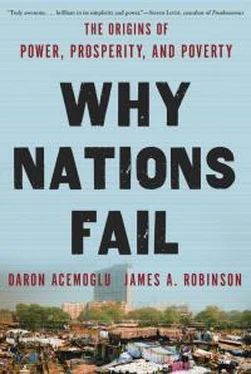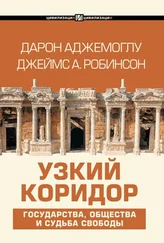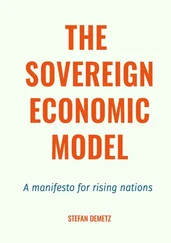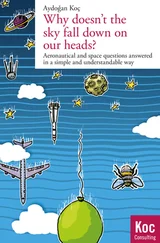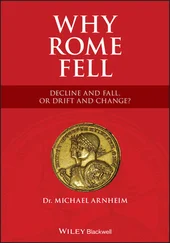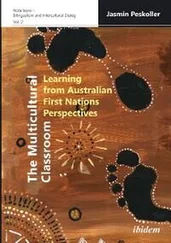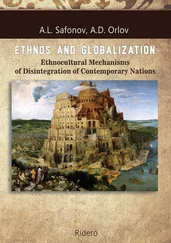At this point the Spanish focused on the people of the Inca Empire. As in Mexico, citizens were divided into encomiendas , with one going to each of the conquistadors who had accompanied Pizarro. The encomienda was the main institution used for the control and organization of labor in the early colonial period, but it soon faced a vigorous contender. In 1545 a local named Diego Gualpa was searching for an indigenous shrine high in the Andes in what is today Bolivia. He was thrown to the ground by a sudden gust of wind and in front of him appeared a cache of silver ore. This was part of a vast mountain of silver, which the Spanish baptized El Cerro Rico, “The Rich Hill.” Around it grew the city of Potosí, which at its height in 1650 had a population of 160,000 people, larger than Lisbon or Venice in this period.
To exploit the silver, the Spanish needed miners—a lot of miners. They sent a new viceroy, the chief Spanish colonial official, Francisco de Toledo, whose main mission was to solve the labor problem. De Toledo, arriving in Peru in 1569, first spent five years traveling around and investigating his new charge. He also commissioned a massive survey of the entire adult population. To find the labor he needed, de Toledo first moved almost the entire indigenous population, concentrating them in new towns called reducciones —literally “reductions”—which would facilitate the exploitation of labor by the Spanish Crown. Then he revived and adapted an Inca labor institution known as the mita , which, in the Incas’ language, Quechua, means “a turn.” Under their mita system, the Incas had used forced labor to run plantations designed to provide food for temples, the aristocracy, and the army. In return, the Inca elite provided famine relief and security. In de Toledo’s hands the mita , especially the Potosí mita , was to become the largest and most onerous scheme of labor exploitation in the Spanish colonial period. De Toledo defined a huge catchment area, running from the middle of modern-day Peru and encompassing most of modern Bolivia. It covered about two hundred thousand square miles. In this area, one-seventh of the male inhabitants, newly arrived in their reducciones , were required to work in the mines at Potosí. The Potosí mita endured throughout the entire colonial period and was abolished only in 1825. Map 1 shows the catchment area of the mita superimposed on the extent of the Inca empire at the time of the Spanish conquest. It illustrates the extent to which the mita overlapped with the heartland of the empire, encompassing the capital Cusco.
Remarkably, you still see the legacy of the mita in Peru today. Take the differences between the provinces of Calca and nearby Acomayo. There appears to be few differences among these provinces. Both are high in the mountains, and each is inhabited by the Quechua-speaking descendants of the Incas. Yet Acomayo is much poorer, with its inhabitants consuming about one-third less than those in Calca. The people know this. In Acomayo they ask intrepid foreigners, “Don’t you know that the people here are poorer than the people over there in Calca? Why would you ever want to come here?” Intrepid because it is much harder to get to Acomayo from the regional capital of Cusco, ancient center of the Inca Empire, than it is to get to Calca. The road to Calca is surfaced, the one to Acomayo is in a terrible state of disrepair. To get beyond Acomayo, you need a horse or a mule. In Calca and Acomayo, people grow the same crops, but in Calca they sell them on the market for money. In Acomayo they grow food for their own subsistence. These inequalities, apparent to the eye and to the people who live there, can be understood in terms of the institutional differences between these departments—institutional differences with historical roots going back to de Toledo and his plan for effective exploitation of indigenous labor. The major historical difference between Acomayo and Calca is that Acomayo was in the catchment area of the Potosí mita . Calca was not.
In addition to the concentration of labor and the mita , de Toledo consolidated the encomienda into a head tax, a fixed sum payable by each adult male every year in silver. This was another scheme designed to force people into the labor market and reduce wages for Spanish landowners. Another institution, the repartimiento de mercancias , also became widespread during de Toledo’s tenure. Derived from the Spanish verb repartir , to distribute, this repartimiento , literally “the distribution of goods,” involved the forced sale of goods to locals at prices determined by Spaniards. Finally, de Toledo introduced the trajin —meaning, literally, “the burden”—which used the indigenous people to carry heavy loads of goods, such as wine or coca leaves or textiles, as a substitute for pack animals, for the business ventures of the Spanish elite.
Throughout the Spanish colonial world in the Americas, similar institutions and social structures emerged. After an initial phase of looting, and gold and silver lust, the Spanish created a web of institutions designed to exploit the indigenous peoples. The full gamut of encomienda , mita , repartimiento , and trajin was designed to force indigenous people’s living standards down to a subsistence level and thus extract all income in excess of this for Spaniards. This was achieved by expropriating their land, forcing them to work, offering low wages for labor services, imposing high taxes, and charging high prices for goods that were not even voluntarily bought. Though these institutions generated a lot of wealth for the Spanish Crown and made the conquistadors and their descendants very rich, they also turned Latin America into the most unequal continent in the world and sapped much of its economic potential.
… TO JAMESTOWN
As the Spanish began their conquest of the Americas in the 1490s, England was a minor European power recovering from the devastating effects of a civil war, the Wars of the Roses. She was in no state to take advantage of the scramble for loot and gold and the opportunity to exploit the indigenous peoples of the Americas. Nearly one hundred years later, in 1588, the lucky rout of the Spanish Armada, an attempt by King Philip II of Spain to invade England, sent political shockwaves around Europe. Fortunate though England’s victory was, it was also a sign of growing English assertiveness on the seas that would enable them to finally take part in the quest for colonial empire.
It is thus no coincidence that the English began their colonization of North America at exactly the same time. But they were already latecomers. They chose North America not because it was attractive, but because it was all that was available. The “desirable” parts of the Americas, where the indigenous population to exploit was plentiful and where the gold and silver mines were located, had already been occupied. The English got the leftovers. When the eighteenth-century English writer and agriculturalist Arthur Young discussed where profitable “staple products,” by which he meant exportable agricultural goods, were produced, he noted:
It appears upon the whole, that the staple productions of our colonies decrease in value in proportion to their distance from the sun. In the West Indies, which are the hottest of all, they make to the amount of 8l. 12s. 1d. per head. In the southern continental ones, to the amount of 5l. 10s. In the central ones, to the amount of 9s. 6 1/2d. In the northern settlements, to that of 2s. 6d. This scale surely suggests a most important lesson—to avoid colonizing in northern latitudes.
The first English attempt to plant a colony, at Roanoke, in North Carolina, between 1585 and 1587, was a complete failure. In 1607 they tried again. Shortly before the end of 1606, three vessels, Susan Constant , Godspeed , and Discovery , under the command of Captain Christopher Newport, set off for Virginia. The colonists, under the auspices of the Virginia Company, sailed into Chesapeake Bay and up a river they named the James, after the ruling English monarch, James I. On May 14, 1607, they founded the settlement of Jamestown.
Читать дальше
